
South Kalimantan Province
A Comprehensive Look at South Kalimantan Province
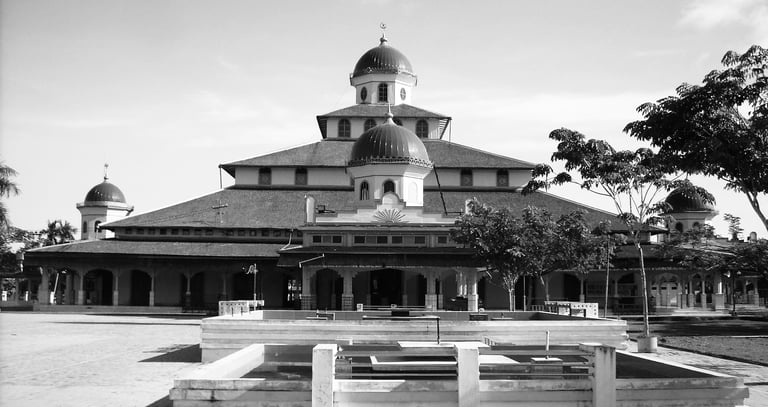

🏛️Capital City and Geographical Conditions
Capital City: Banjarmasin. Dubbed the "River City," Banjarmasin is situated on a delta island where the Barito and Martapura rivers meet, historically making it the commercial and political center.
Geographical Conditions: The topography is highly distinct:
Riverine Lowlands: The central and western areas are vast, low-lying alluvial plains and peat swamps, cut through by countless natural and artificial canals (sungai or handil).
Pegunungan Meratus (Meratus Mountains): A range of low mountains runs through the eastern part, separating the riverine culture from the coastal area. This range is the traditional home of the indigenous Dayak Meratus people.
Climate: Equatorial tropical climate, with high humidity and consistent rainfall.
📜History: Sultanates, Trade, and Islamic Identity
South Kalimantan's history is characterized by the dominance of the Banjarese Sultanate and its influence over maritime trade.
Banjar Sultanate: The powerful Sultanate of Banjar (established in the 16th century) controlled significant trade routes, exporting commodities like pepper, gold, and diamonds. The conversion of the Sultanate to Islam solidified the strong Islamic identity that defines the Banjarese people today.
Colonial Conflicts: The Sultanate frequently clashed with the Dutch colonial authorities over trade control, leading to the prolonged Banjar War (1859–1906), one of the longest resistance wars in Indonesian history.
Post-Independence: The province became a crucial political and economic center, maintaining its role as the region's primary trading gateway.
👥Demographics and Customs
Population: The population of South Kalimantan is approximately 4.3 million people.
Ethnic Groups:
Banjarese: The dominant ethnic group, known for their strong entrepreneurial spirit, adherence to Islam, and their traditional settlements built on stilts over rivers or deltas.
Dayak Meratus: Indigenous people residing in and around the Meratus Mountains, preserving their ancient animistic beliefs and forest traditions.
Javanese and Bugis: Significant immigrant communities involved in agriculture, trade, and services.
Customs (Adat Istiadat): Culture is deeply influenced by Islamic principles, merged with riverine customs. Traditional events are often focused on the rivers and the Datu (local holy men or revered ancestors).
🎨Culture and Traditional Arts
Kalsel's culture reflects its identity as a delta society, with art and architecture adapted to life on the water.
Rumah Banjar (Banjar House): The traditional house, built on stilts or rafts, features a distinctive, dramatically steep, extended roof (atap bubungan tinggi), symbolizing the royal architecture of the former Sultanate.
Madihin: A traditional performance art combining poetry, storytelling, and humor, often performed by a single individual to the accompaniment of traditional drums.
Tari Baksa Kembang: A graceful welcoming dance performed to honor esteemed guests, often featuring a dancer holding a bouquet of flowers.
Sasirangan: The traditional woven or dyed cloth of the Banjarese people, similar to Batik but created using a tying and stitching technique, known for its bright colors and geometric patterns.
🍲Distinctive Traditional Cuisine
Banjarese cuisine is famously rich and savory, utilizing abundant local spices and river fish.
Soto Banjar: The most iconic dish. A savory, fragrant chicken or beef soup, characterized by its creamy, slightly white broth (made without coconut milk, but often using condensed milk or cream instead) and spiced with aromatic ingredients like star anise, cloves, and cinnamon. It is served with vermicelli noodles, potato cakes, and lime.
Ketupat Kandangan: Rice cakes (ketupat) served with a thick, savory yellow sauce made from coconut milk, turmeric, and local spices, traditionally accompanied by smoked or grilled river snakehead fish (ikan haruan).
Mandai: A distinct Banjarese preparation made from the white, fibrous interior of the cempedak fruit skin. The skin is fermented, then spiced, and fried or cooked into a savory, slightly sour, and tender side dish.
Amparan Tatak: A traditional sweet cake (kue) often served during ceremonies. It is a layered pudding made from rice flour, coconut milk, and sugar, featuring sliced bananas within its texture.
🗺️Famous Tourist Attractions
Kalsel's attractions are centered on its riverine culture and natural environment.
Pasar Terapung Lokbaintan (Lokbaintan Floating Market): The iconic symbol of Banjarmasin. This traditional market operates early in the morning, where merchants trade goods (especially produce) directly from their jukung (small boats) on the Martapura River.
Masjid Raya Sabilal Muhtadin: The largest and most prominent mosque in Banjarmasin, a major landmark of Islamic culture in the region.
Pulau Kembang (Kembang Island): A river island on the Barito River, famous as a nature reserve and home to a large population of long-tailed macaques.
Loksado: A remote area in the Meratus Mountains, famous for its cultural immersion experiences, traditional Dayak settlements, and particularly for bamboo rafting (balanting) down the Amandit River.
✈️Transportation Infrastructure
South Kalimantan relies on air and sea transport for long-distance connectivity and its river network for internal logistics.
Airport (Bandar Udara):
Syamsudin Noor International Airport (BDJ): Located near Banjarmasin (in Banjarbaru), this is the main gateway, serving extensive domestic routes to cities across Indonesia and regional international flights, especially for Hajj/Umrah pilgrimages.
Port (Pelabuhan):
Trisakti Port: The major commercial and container port in Banjarmasin, essential for handling commodity exports (coal, palm oil, rubber) and inter-island trade.
Banjarmasin River Ports: Numerous smaller river ports are vital for passenger and local cargo transport along the Barito and Martapura rivers.
Railroad (Stasiun Kereta Api):
South Kalimantan Province does not currently have any active passenger train services or railway network. Transportation relies heavily on road networks and the vast river system.
South Kalimantan is a captivating delta civilization, where the strong, savory flavors of Soto Banjar and the graceful structure of the Rumah Banjar reflect a profound and continuous heritage. It is a province eternally tied to its waters: the iconic Floating Market is not just a tourist sight, but a testament to the resilient, mercantile spirit of the Banjarese people. Kalsel offers an essential cultural immersion into a unique corner of Borneo, defined by commerce, faith, and the pulse of the great Barito River.
🛶South Kalimantan Province : The Land of the Banjarese
South Kalimantan (Kalsel) is a historically rich province on the island of Borneo, famous for its unique culture centered around the vast Barito River and its intricate tributaries. It is the heartland of the Banjarese people, renowned as expert merchants and boat builders, giving the region a distinct identity dominated by riverine life and strong Islamic tradition.
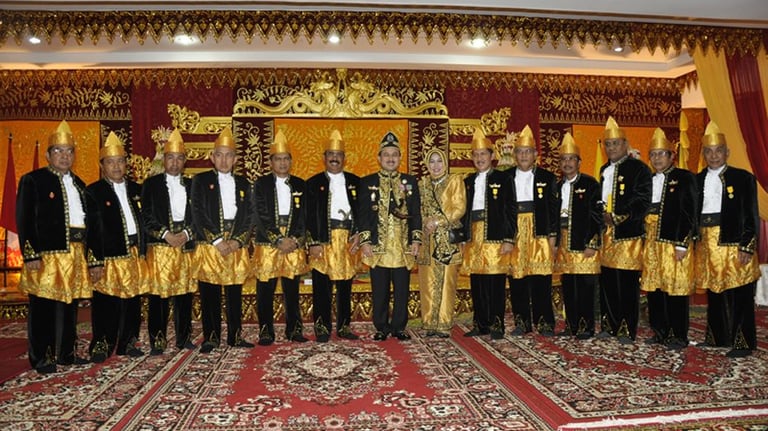

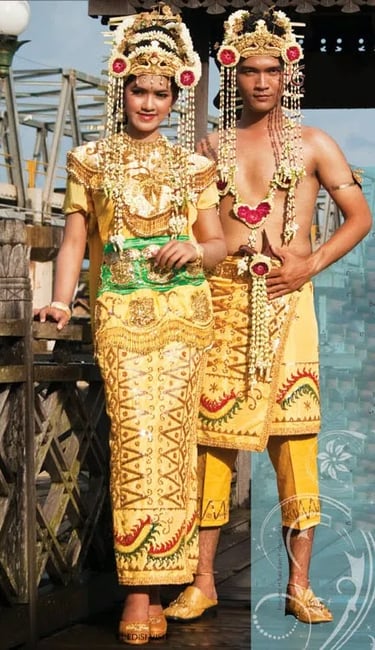

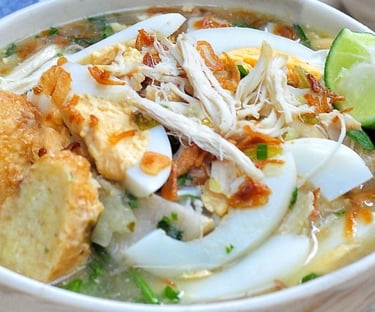

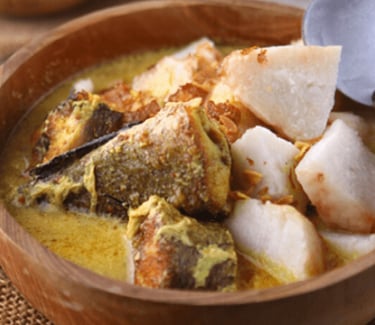

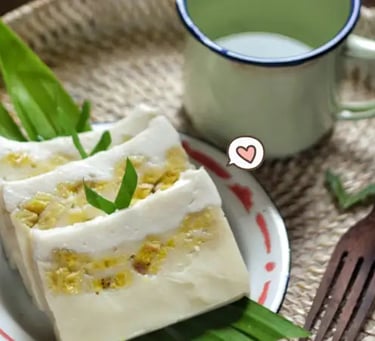

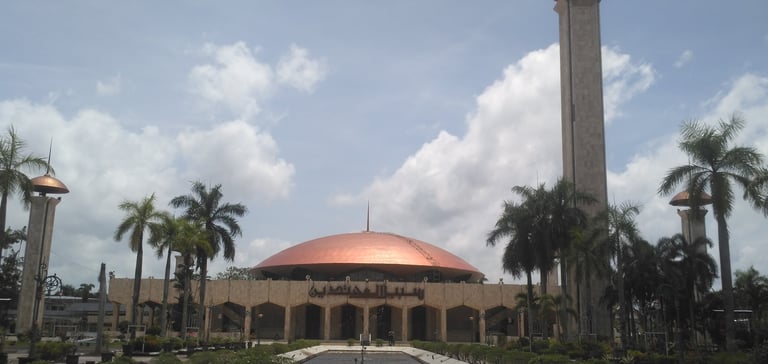

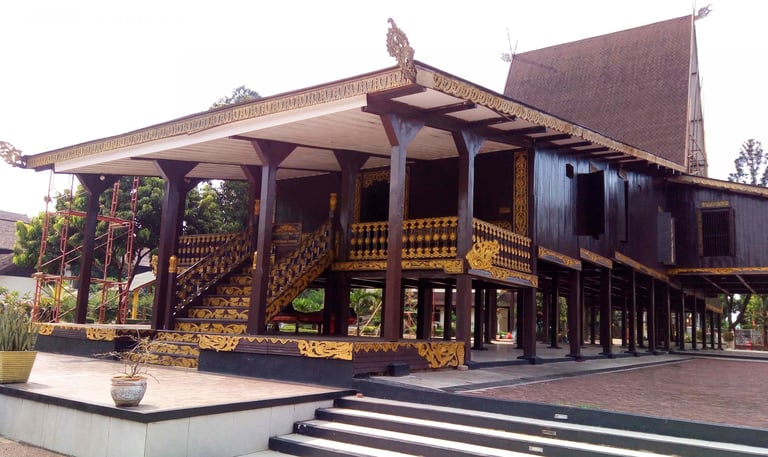

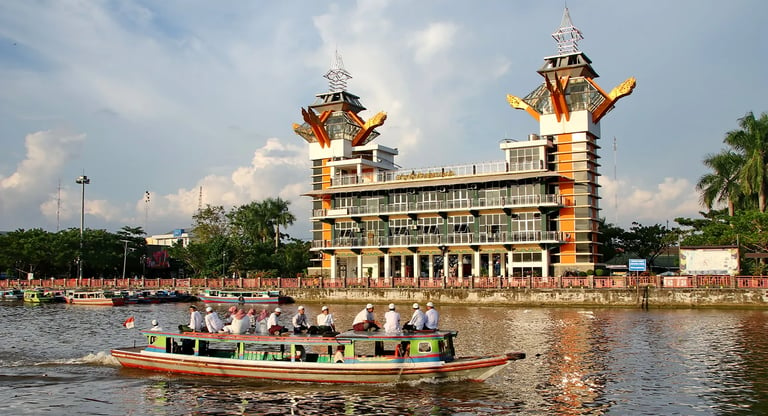

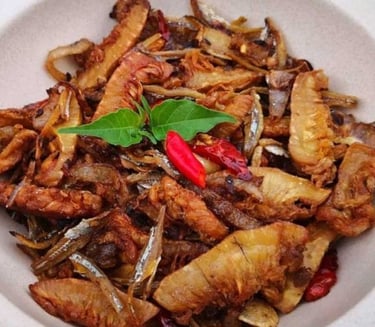


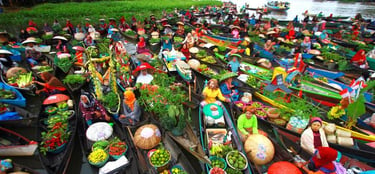

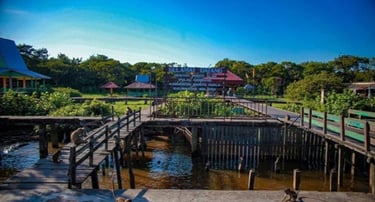

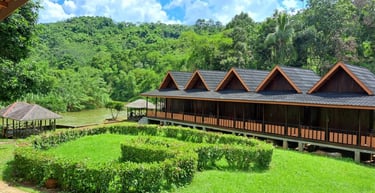
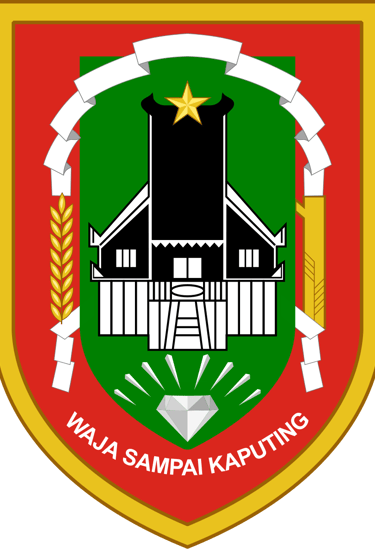

Follow us to explore Indonesia with expert travel guidance
©PT.Sinar Pesona Travelindo 2025. All rights reserved.
